
E-mail: font@focusonnature.com
Phone: Toll-free in USA 1-888-721-3555
or 302/529-1876
 |
PO Box 9021,
Wilmington, DE 19809, USA E-mail: font@focusonnature.com Phone: Toll-free in USA 1-888-721-3555 or 302/529-1876 |
BUTTERFLIES
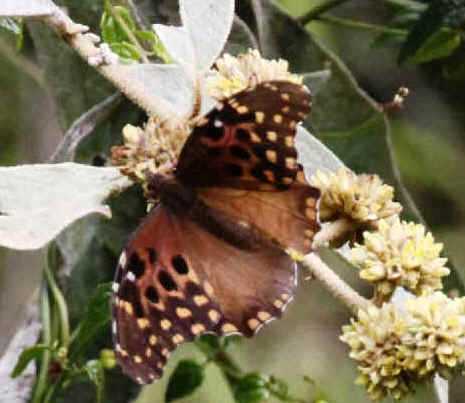 and
MOTHS
and
MOTHS
in the West
Indies
of the
Caribbean
in Antigua and Barbuda
the Bahamas
Barbados
the Cayman Islands
Cuba
Dominica
the Dominican Republic
Guadeloupe
Jamaica
Montserrat
Puerto Rico
Saint Lucia
Saint Vincent
the Virgin Islands
and the ABC islands of Aruba, Bonaire, and Curacao
Butterflies in the Caribbean exclusively in Trinidad & Tobago are not in
this list.
Focus On Nature Tours in the Caribbean have been in: January, February, March, April,
May, July, and December.
Upper right
photo: a HISPANIOLAN KING, Anetia jaegeri, photographed during the FONT tour in
the Dominican Republic in February 2012.
The genus is nearly entirely in West Indian islands, the species is nearly
restricted to Hispaniola.
This list of Butterflies of the
West Indies compiled by Armas Hill
Among the butterfly groupings in this list, links to:
Swallowtails: family
PAPILIONIDAE with
the genera: Battus, Papilio, Parides
Whites, Yellows, Sulphurs: family
PIERIDAE
Mimic-whites: subfamily
DISMORPHIINAE with
the genus: Dismorphia
Subfamily PIERINAE with the genera: Ascia, Ganyra, Glutophrissa, Melete
Subfamily COLIADINAE with the genera: Abaeis, Anteos, Aphrissa, Eurema, Kricogonia, Nathalis, Phoebis, Pyrisitia, Zerene
Gossamer Wings: family LYCAENIDAE
Hairstreaks: subfamily THECLINAE with the genera: Allosmaitia, Calycopis, Chlorostrymon, Cyanophrys, Electrostrymon, Eumaeus, Ministrymon, Nesiostrymon, Pseudolycaena, Rekoa, Strymon, Terra
Blues: subfamily POLYOMMATINAE with the genera: Brephidium, Cyclargus, Hemiargus, Leptotes, Pseudochrysops
Metalmarks: family RIODINIDAE with the genus: Theope
Brushfoots:
family NYMPHALIDAE
Snouts: subfamily LIBYTHEINAE
with
the genus: Libytheana
Leaf Butterflies: subfamily
CHARAXINAE, Tribe ANAEINI with
the genera: Anaea, Fountainea, Hypna, Memphis, Siderone
Subfamily CHARAXINAE, Tribe PREPONII with the genus: Archaeoprepona
Subfamily BIBLIDINAE, Tribe BIBLIDINAE with the genera: Archimestra, Biblis, Lucinia, Mestra
Crackers: subfamily BIBLIDINAE, Tribe AGERONIINI with the genus: Hamadryas
Purplewings:
subfamily BIBLIDINAE, Tribe EPICALLINI with
the genus: Eunica
Sailors: subfamily
BIBLIDINAE, Tribe EUBAGINI with
the genus: Dynamine
Sisters:
subfamily LIMENITIDINAE, Tribe LIMENITIDINI with
the genus: Adelpha
Emperors:
subfamily APATURINAE with
the genera: Doxocopa, Asterocampa
Daggerwings:
subfamily CYRESTINAE with
the genus: Marpesia
Beauties:
subfamily NYMPHALINAE, Tribe NYMPHALINI with
the genus: Colobura
Cecropian: subfamily NYMPHALINAE, Tribe COEINI with the genus: Historis
Malachite, Peacocks: subfamily NYMPHALINAE, Tribe VICTORININI with the genera: Anartia, Siproeta
Buckeyes,
Mimic: subfamily NYMPHALINAE, Tribe JUNONIINI with
the genera: Junonia, Hypolimnas
Lady Butterflies, Mapwing: subfamily NYMPHALINAE, Tribe NYMPHALINI
with the genera: Hypanartia, Vanessa
Patches,
Checkerspots,
Crescents: subfamily NYMPHALINAE, Tribe MELITAEINI
with
the genera: Athanassa, Antillea, Atlantea, Chlosyne, Phyciodes
Longwings: subfamily HELICONIINAE, Tribe HELICONIINI with
the genera: Agraulis, Dione, Dryas, Eueides, Heliconius
Fritillaries: subfamily HELICONIINAE, Tribe ARGYNNINI with the genus: Euptoieta
Clearwings:
subfamily ITHOMIIDAE
with the genus: Greta
Milkweed Butterflies: subfamily DANAIDAE with
the genera: Anetia, Danaus, Lycorea
Satyrs, or Ringlets: family or subfamily SATYRIDAE with the genus: Calisto
Skippers: family
HESPERIIDAE
Subfamily EUDAMINAE
with
the genera: Aguna, Astraptes, Chioides, Epargyreus, Phocides, Polygonus,
Polythrix, Proteides, Urbanus
Open-winged Skippers:
subfamily PYRGINAE with
the genera: Achlyodes, Anastrus, Burca, Cabares, Chiomara, Ephyriades, Erynnis, Gesta, Grais, Heliopetes,
Pyrgus, Timochares, Zopyrion
Branded
(or Grass) Skippers:
Subfamily HESPERIINAE with
the genera: Argon, Asbolis, Atalopedes, Calpodes, Choraqnthus, Copaeodes,
Cymaenes, Euphyes, Hesperia, Holguina, Hylephila, Lerodea, Nyctelius, Oarisma,
Panoquina, Parachoranthus, Paratrytone, Perichares, Polites, Pyrrhocalles,
Pyrrhopygopsis, Rhinthon, Saliana, Synapte, Troyus, Wallengrenia
And a
link here to: MOTHS IN
THE WEST INDIES OF THE CARIBBEAN
Codes in the following list relating to illustrations in
various books:
Numbers noted as (C:xx)
refer to pages in "A World of Butterflies", with text by
Brian Cassie, and photographs (superb) by Kjell Sandved
Numbers noted as (DV1:xx) refer
to plates in "The Butterflies of Costa Rica and their Natural History (Volume 1):
Papilionidae, Pieridae, Nymphalidae", by Philip J. DeVries
Numbers noted as (F:xx)
refer to pages in "The Illustrated Encyclopedia of
Butterflies", by Dr. John Feltwell
Numbers noted as
(K:xx)
refer to pages in the
"Kaufman Focus Guide to Butterflies of North America", by Jim Brock & Kenn
Kaufman
Numbers noted as (PE:xx)
refer
to plates in the "Peterson Field Guide to Eastern Butterflies", by Paul Opler &
Vichai Malikul, 1998 edition.
Those noted as (PEp:xx)
refer to a page with a photograph.
Numbers noted as (PW:xx)
refer to plates in the
"Peterson Field Guide to Western Butterflies", by Paul Opler & illustrated by Amy Bartlett Wright, 1999
edition.
Those noted as
(PWp:xx)
refer to a page with a photograph.
Numbers noted as (S:xx)
refer to pages in the
"Smithsonian Handbook, Butterflies & Moths", by David Carter
(ph): species with a photo in the FONT website
Island (or Country) Codes:
ABC: Aruba (A),
Bonaire (B), Curacao (C)
BD: Barbados
On this relatively small Caribbean island, largely cleared for
sugar cane planting by the end of the 17th Century, there are 24 butterfly
species.
BH: Bahamas
CU: Cuba
CY: the Cayman Islands
DM: Dominica
DR: the Dominican Republic
On the Greater Antillean island of Hispaniola there
are 151 known species of butterflies, of which 41 are endemic. Largely, this is
the result of a luxuriant radiation of Calisto, a genus of Satyrids.
GD: Guadeloupe
JM: Jamaica
PR: Puerto Rico
SL: Saint Lucia
SV: Saint Vincent
VI: Virgin Islands
BUTTERFLIES OBSERVED DURING FONT TOURS ARE NOTED BY AN (*) AFTER THE 2-LETTER
CODE.
Worldwide, there are over 180,000 described species of butterflies
& moths (in the order Lepidoptera).
In this list, of those in the West Indies of the Caribbean, over 200 species
are included.
Some subspecies are noted.
Links:
Upcoming FONT Birding & Nature Tours:
in the
Caribbean
or by month in: 2015
2016 or: by geographic
location worldwide
Lists & Photo Galleries of Birds, including those during FONT Tours in the Caribbean
Lists & Photo Galleries of Mammals, relating to FONT Tours in the Caribbean
Other Lists & Photo Galleries of Butterflies & Moths Elsewhere
Alphabetical Directory of Butterflies by Genus with Photos in the FONT Website
Directory
of Photos in this Website
![]()
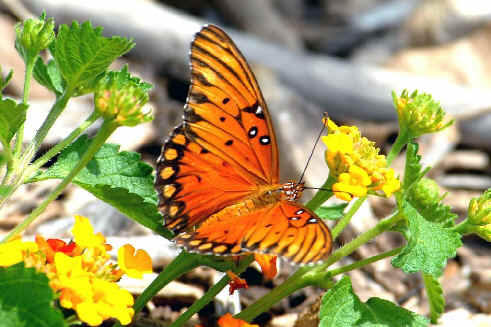
The Gulf Fritillary in the Caribbean is called the
Silver-spotted Flambeau.
(photo by Howard Eskin)

Zebra Heliconians roost in groups.
(photo by
Doug Johnson)
SOME COMMENTARY REGARDING BUTTERFLY IDENTIFICATION:
"Get a guidebook, take a few years, and
you'll still make mistakes. Butterfly identification has an initial, deceptive
simplicity.
Individuals in a species vary naturally, an eyespot slightly larger, a color
brighter.
Males and females of a species can be strikingly dissimilar.
So can genetic morphs or forms within a gender.
In a single species, butterflies that live in a range of habitat can vary in
appearance and produce different populations or geographical races, each better
adapted to its environment.
Species can also produce generations of distinct morphs in the same place at
different times of the year.
One Tiger Swallowtail is black. On the same
flower, another Tiger Swallowtail is yellow.
Another species produces red butterflies in the wet season and blue in the dry.
A species darkens in response to air pollution.
A species gains an eyespot. A species lose one."
The above commentary taken from the book, "An Obsession with
Butterflies", by Sharman Apt Russell (a wonderful read).
List of Butterflies:
Family PAPILIONIDAE: SWALLOWTAILS (and
allies)
There are totally
about
700 known species of Swallowtails.
Genus BATTUS: PIPEVINE SWALLOWTAILS:
Totally 15 species
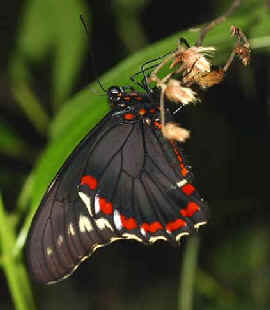

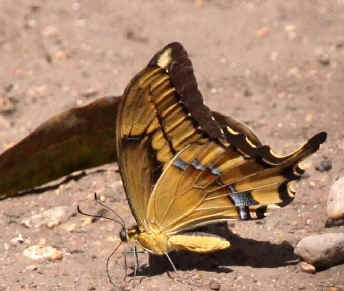
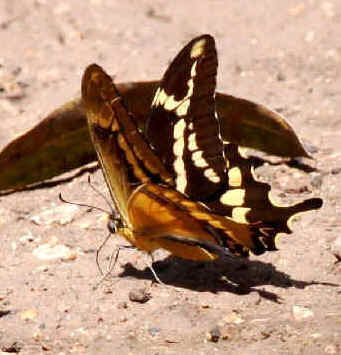
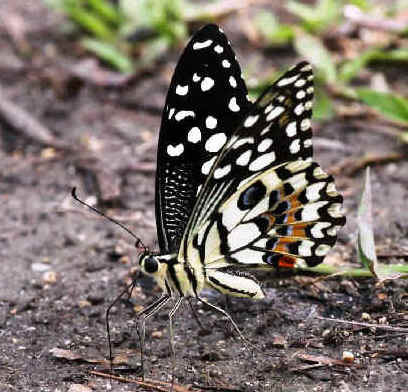
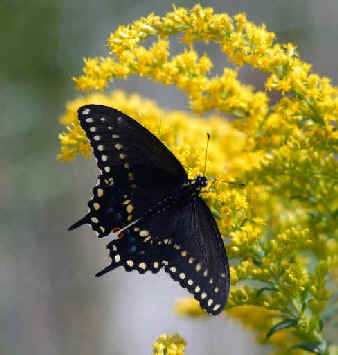
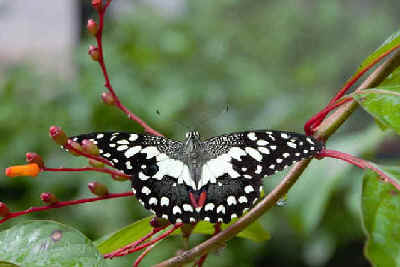
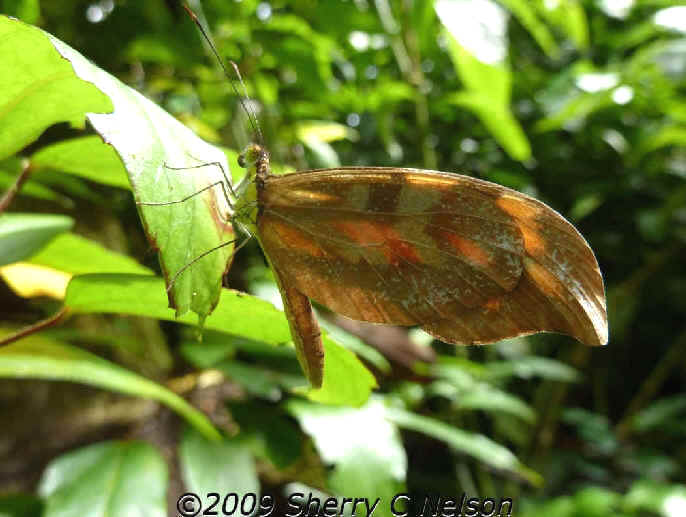
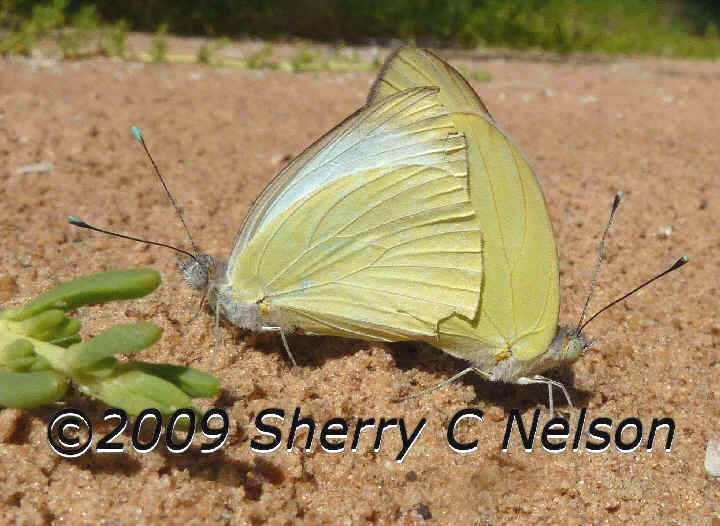
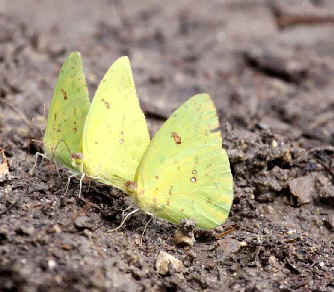
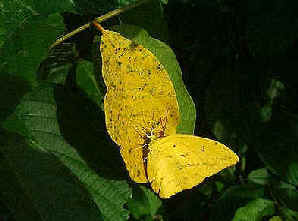
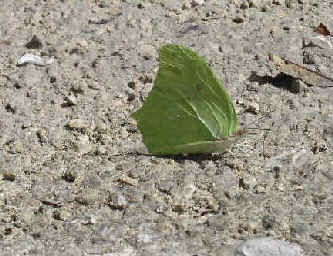
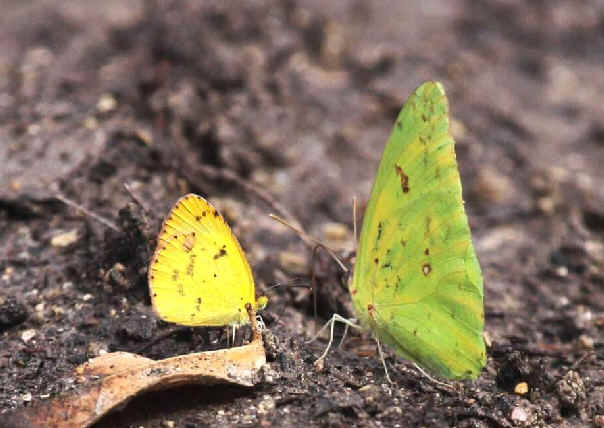
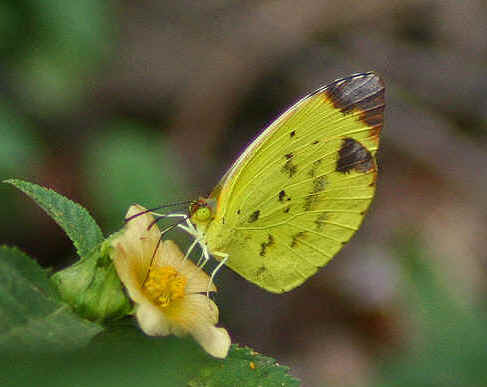
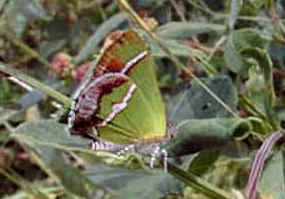
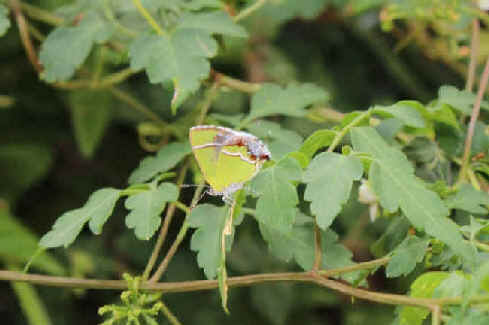
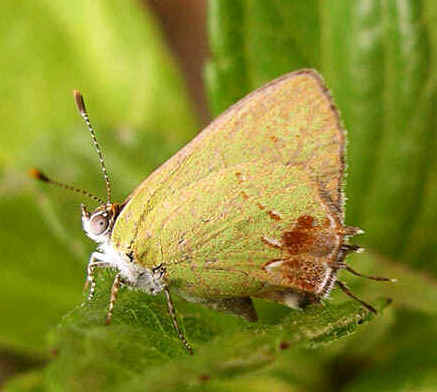
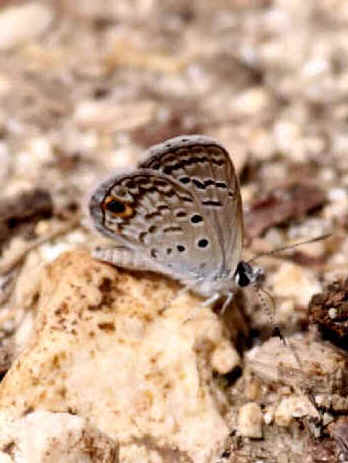
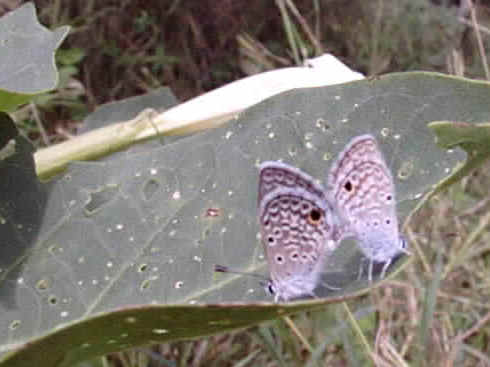

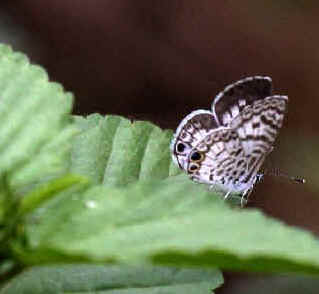
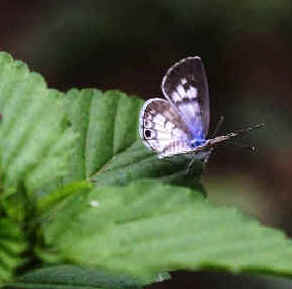
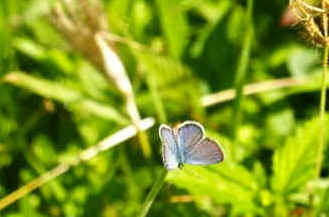
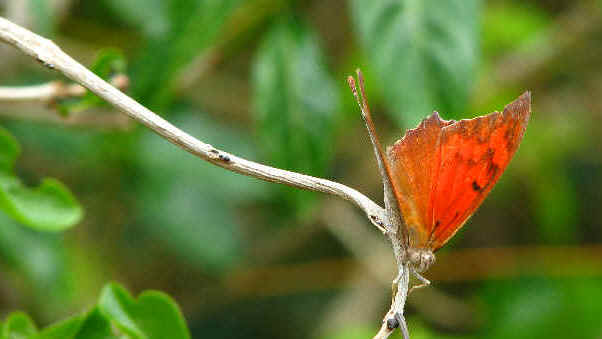
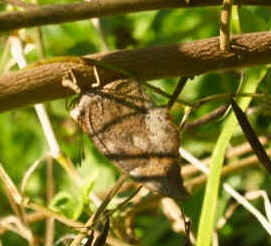

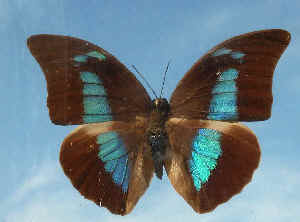
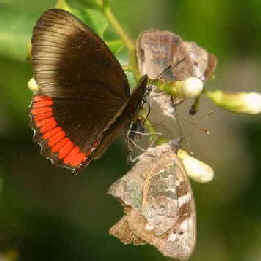
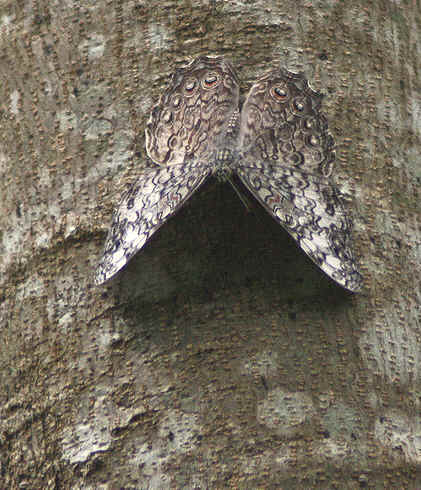
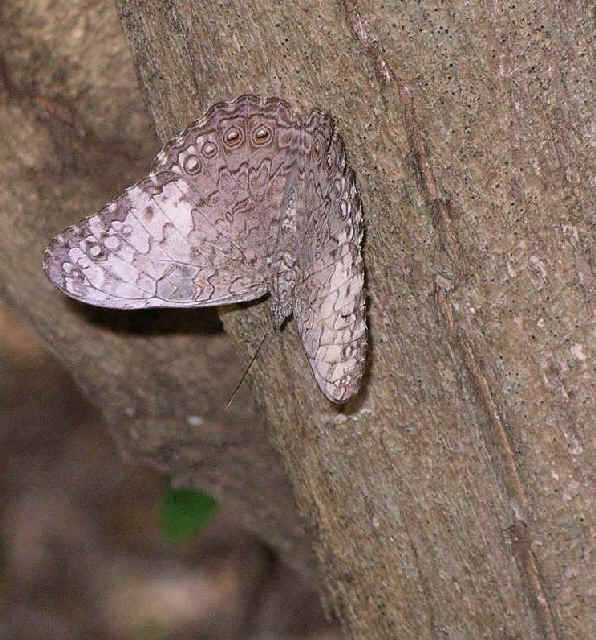
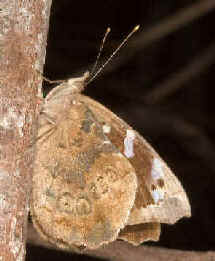
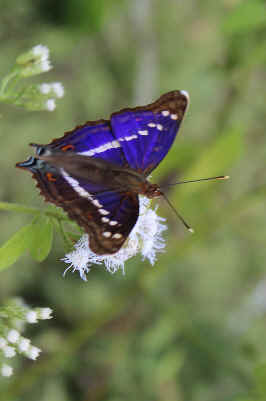

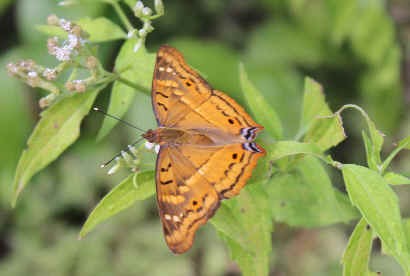
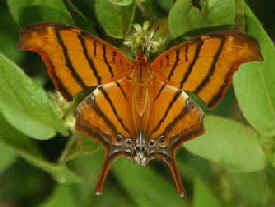
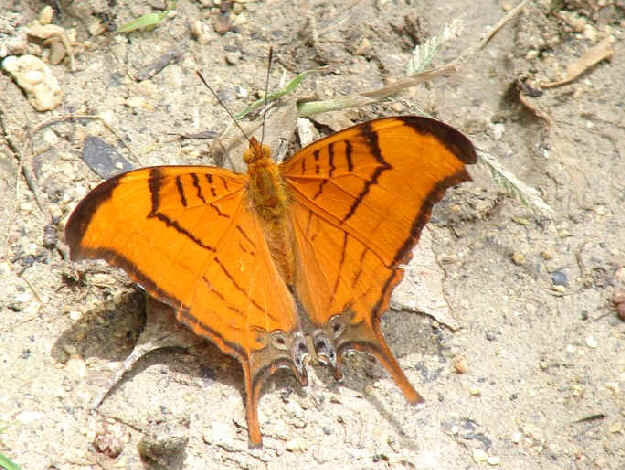
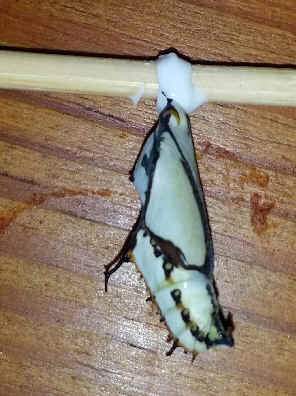
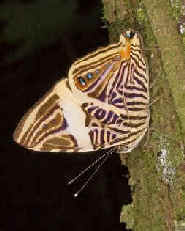
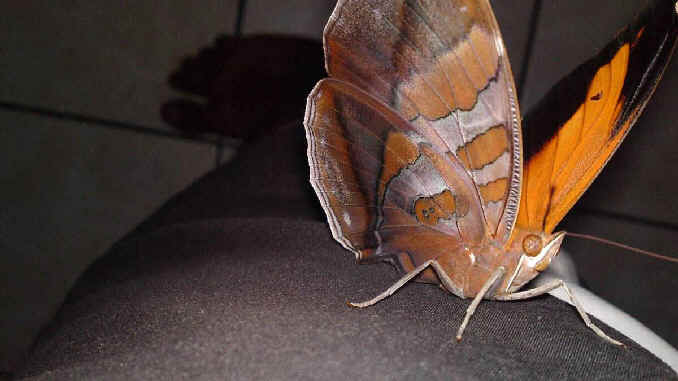

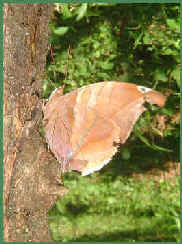


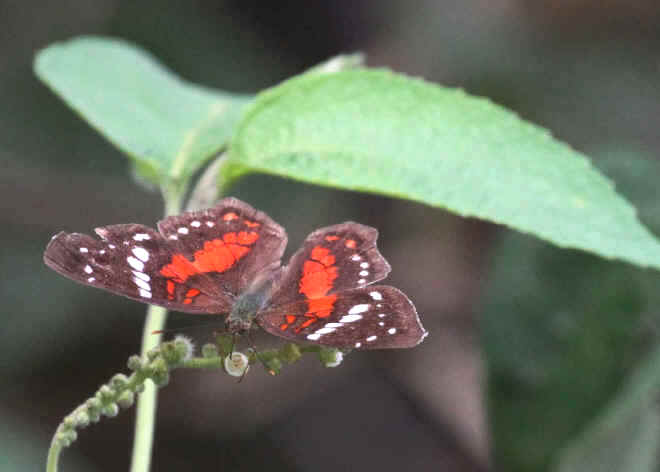
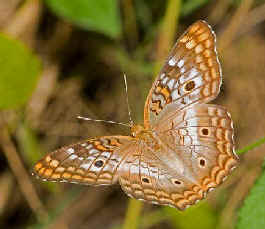
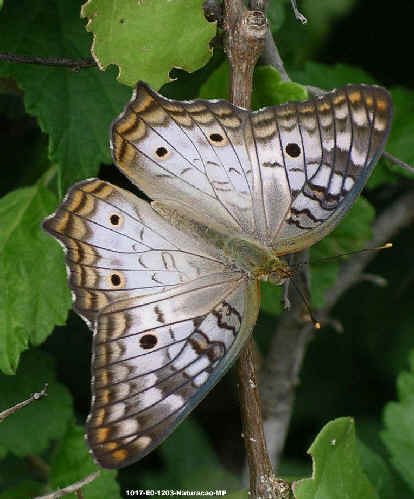
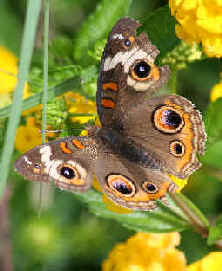
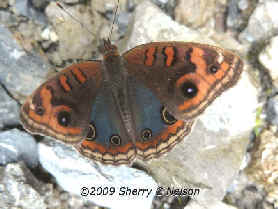

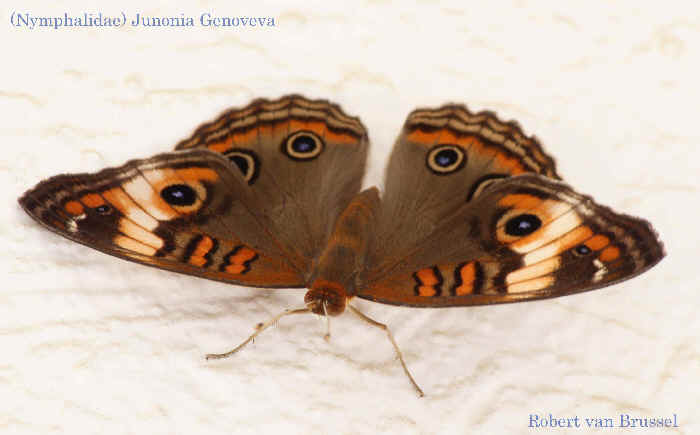
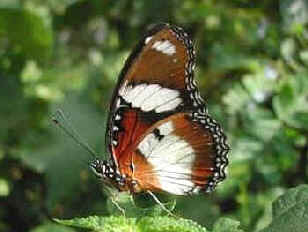
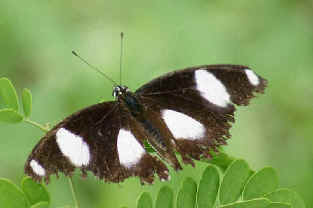

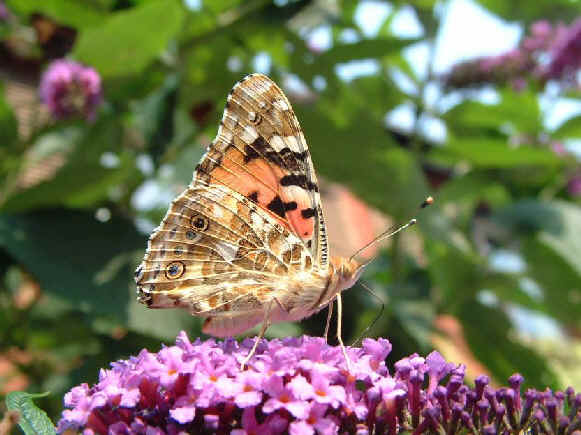
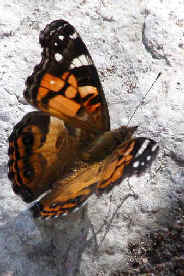
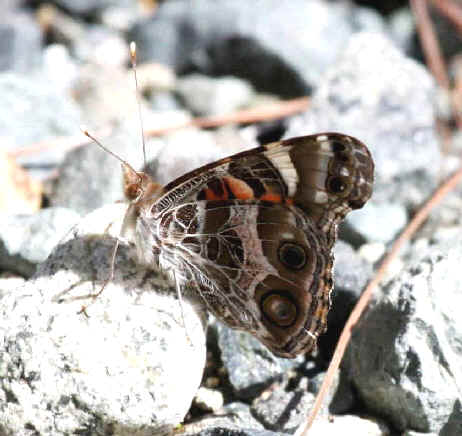
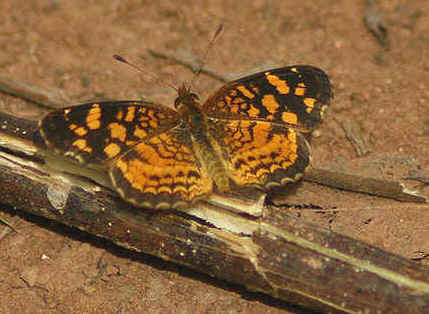
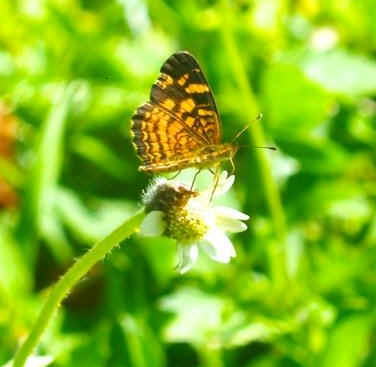
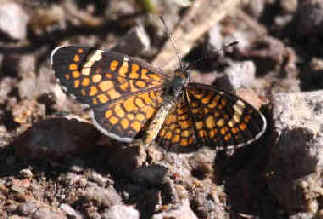
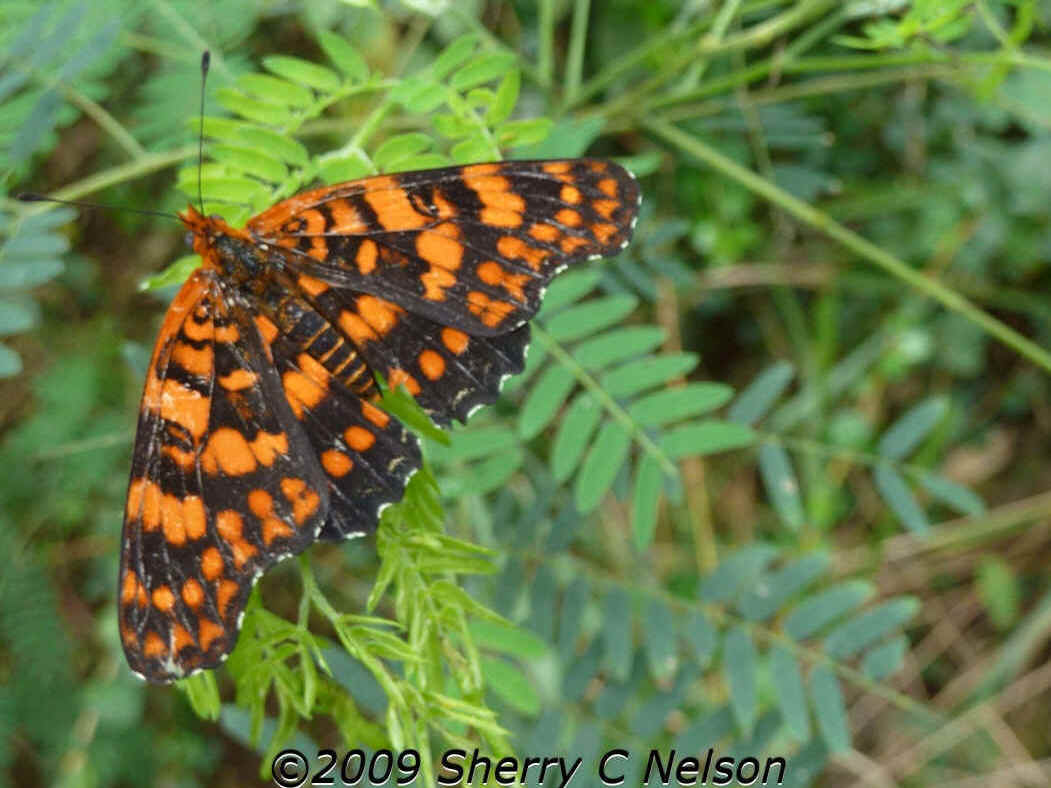
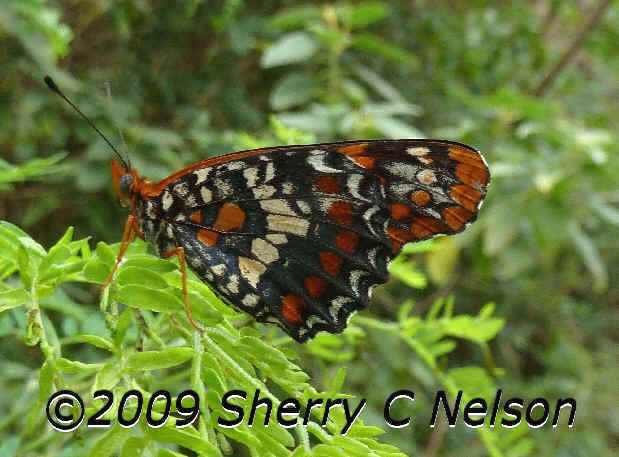
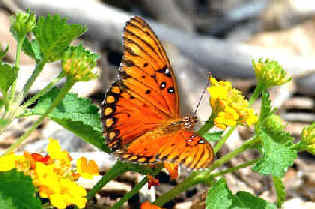
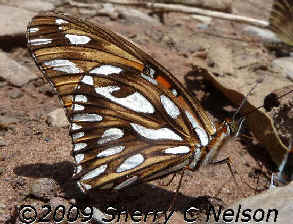
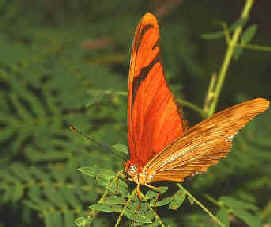
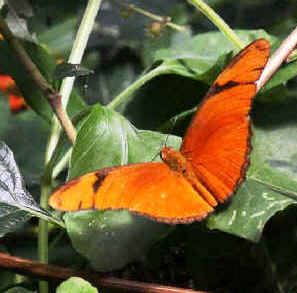
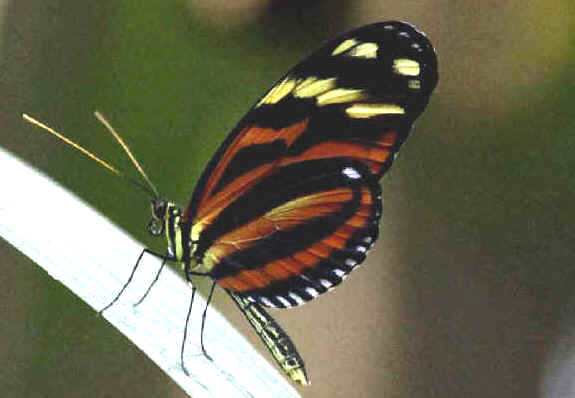
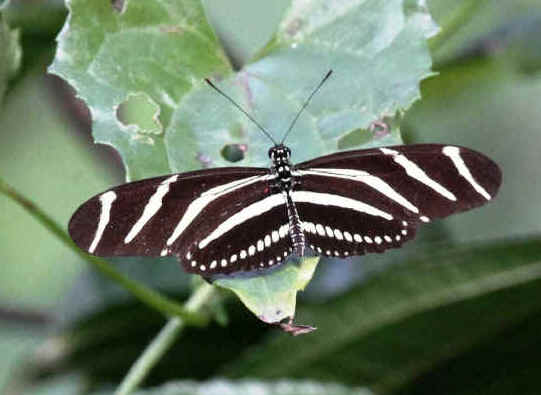
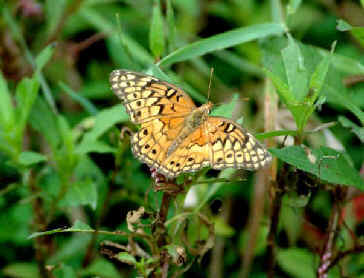
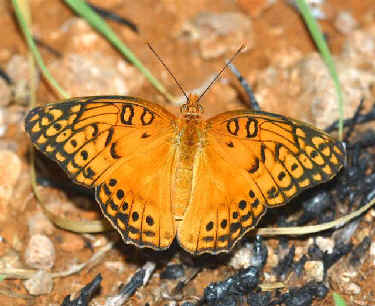
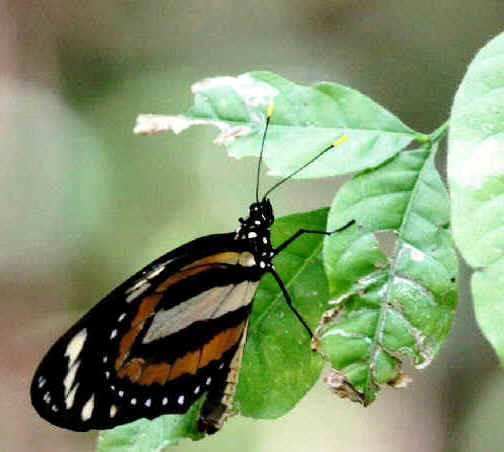
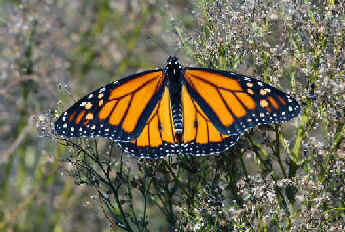
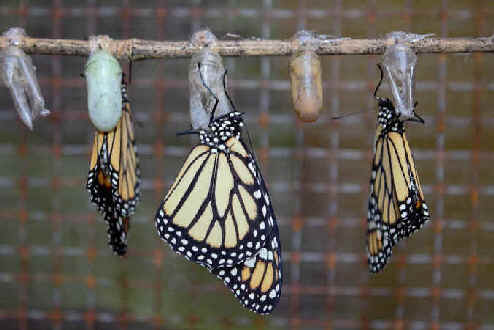
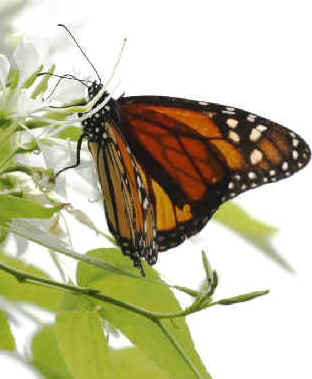

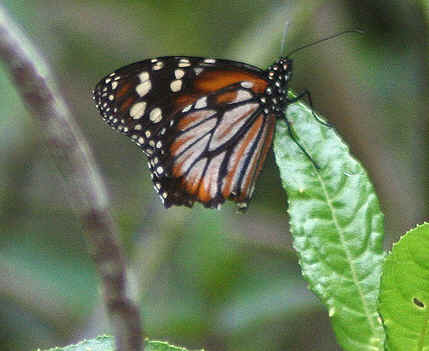
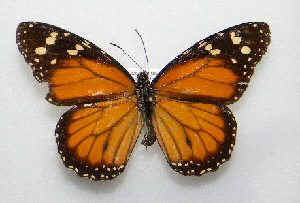
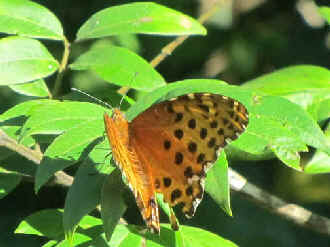
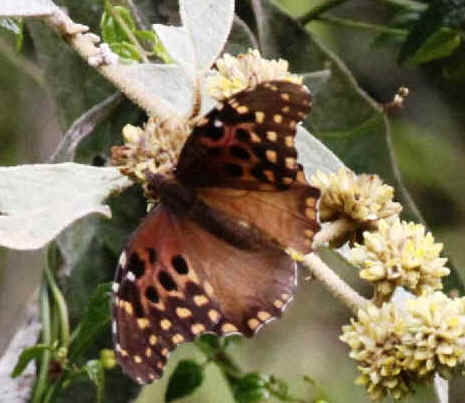
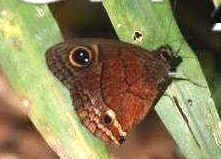
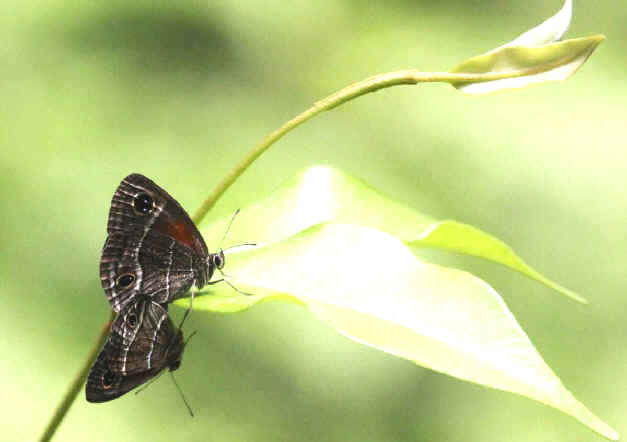
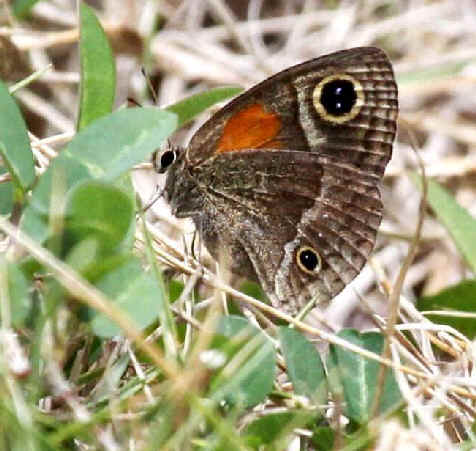
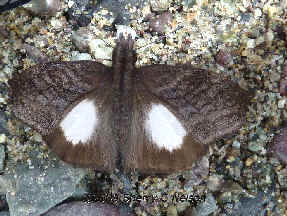
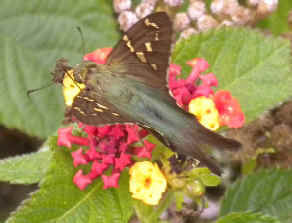
 .
. 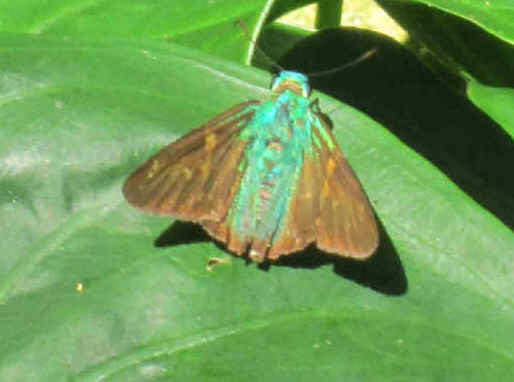
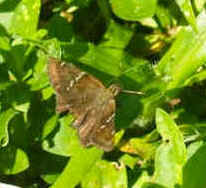
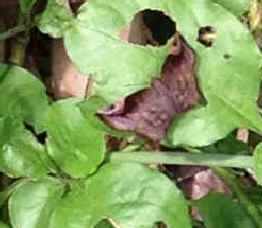

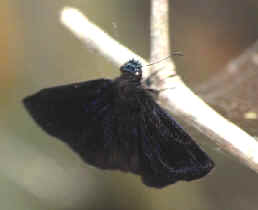
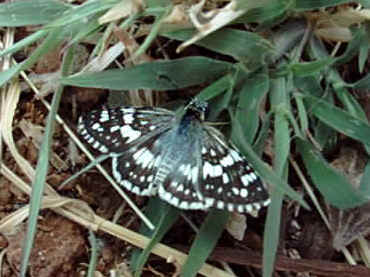

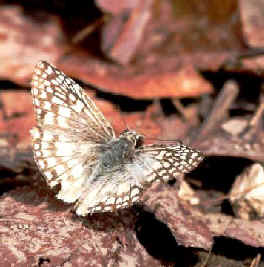
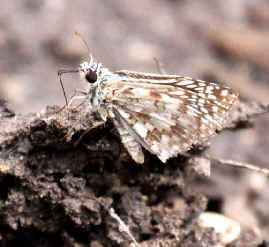
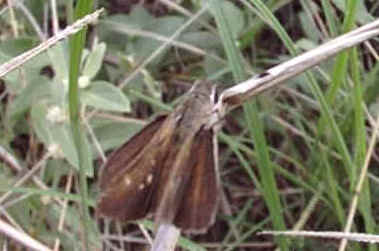
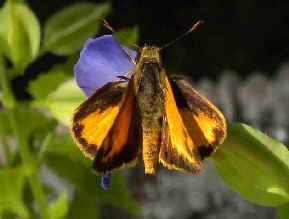
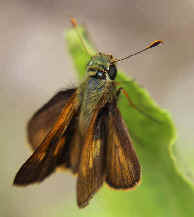
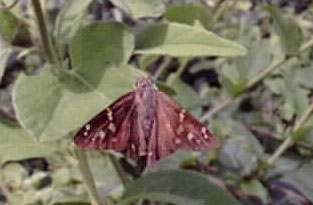
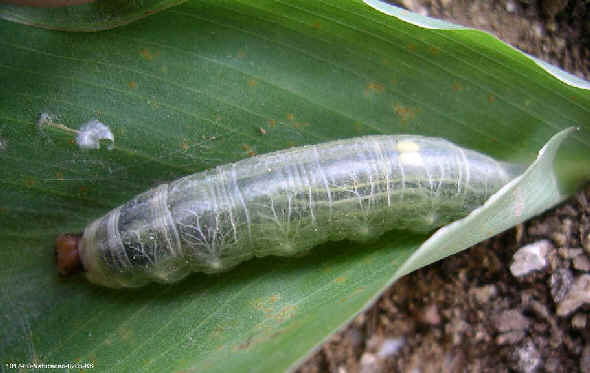
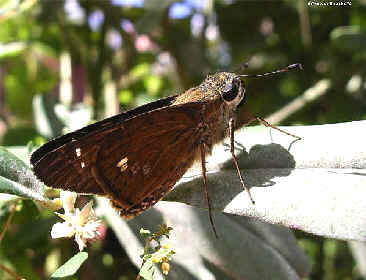
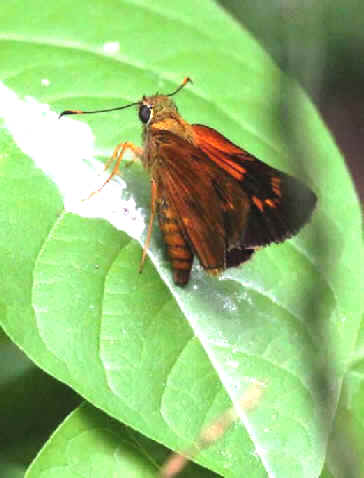
Some selected reference books regarding Butterflies & Moths of the Caribbean
(in addition to those noted at the beginning of the list):
"Butterflies of the Caribbean & Florida", by Peter D. Stiling
"Butterflies & Other Insects of the Eastern Caribbean", by Peter D.
Stiling
"Butterflies of the Cayman Islands", by R.R. Askew & P.A. van
B. Stafford (an excellent, informative book, published in 2008)
"The Butterflies of Hispaniola", by Albert Schwartz,
1989 (a thorough, informative book)
"The Hawkmoths of the World", by Kitching & Cadiou,
2000
To
Top of Page.